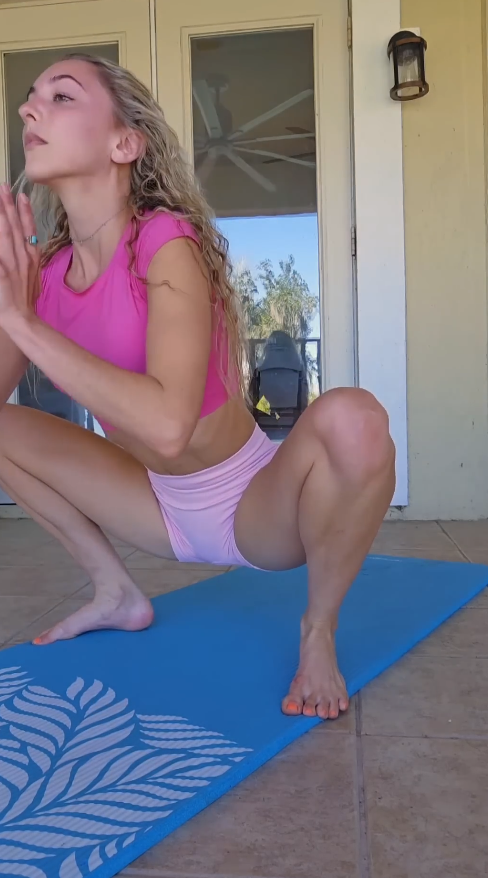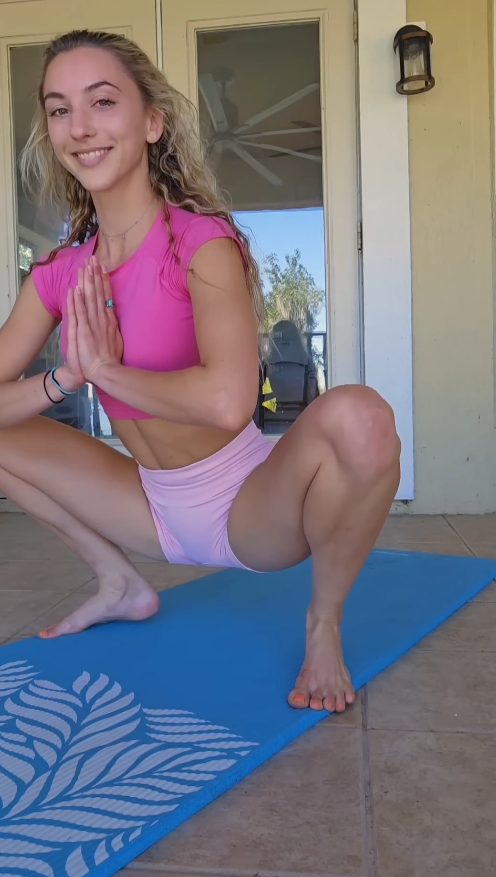Stretching is an essential part of movement, whether you’re an athlete, a yoga enthusiast, or just someone who wants to feel good in their body. It keeps us flexible, prevents injuries, and allows us to move with ease. But stretching isn’t just about touching your toes or doing a quick quad stretch before a run—it’s a practice that connects mind and body, improves circulation, and even boosts mood.
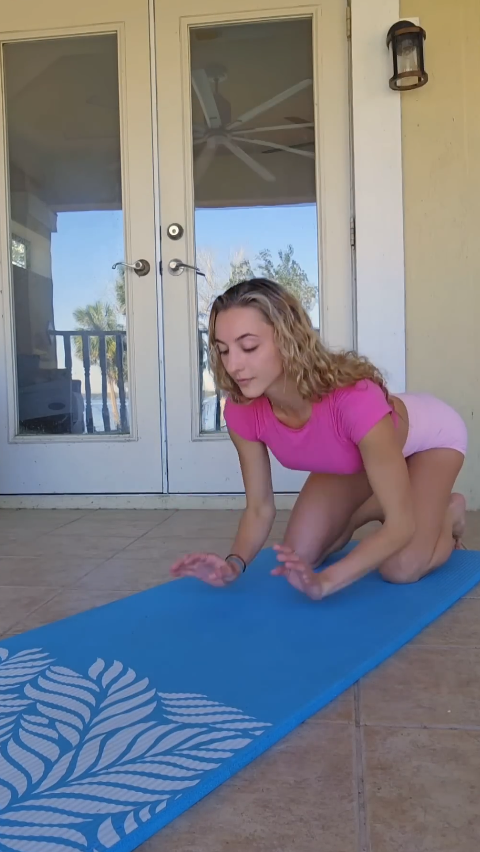
The Power of Stretching
When we stretch, we lengthen our muscles and improve our range of motion. This is crucial because our daily lives involve repetitive movements—whether sitting at a desk, walking, or lifting objects—that can cause stiffness and tension over time. Without regular stretching, our bodies become rigid, leading to discomfort and even pain.
Stretching improves circulation by increasing blood flow to our muscles. This helps deliver oxygen and nutrients while removing waste products, reducing soreness, and speeding up recovery. Additionally, stretching helps our posture by alleviating tension in tight muscles that pull our bodies out of alignment.
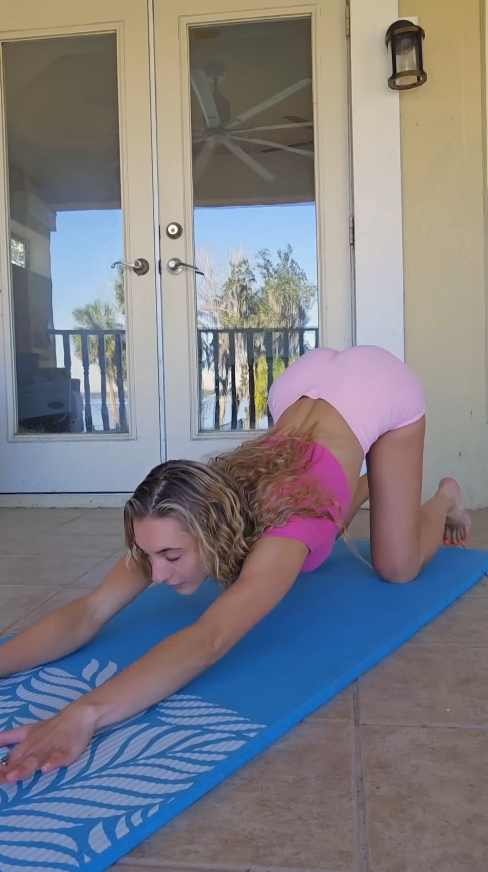
Types of Stretching
There are several types of stretching, each with its own benefits. Knowing which type to use at the right time can enhance your mobility and prevent injury.
- Static Stretching: This involves holding a stretch for a prolonged period, typically 15 to 60 seconds. It helps lengthen muscles and is best done after a workout when your muscles are warm.
- Dynamic Stretching: These are controlled, active movements that prepare the muscles for activity. Examples include leg swings, arm circles, and torso twists. Dynamic stretching is great before workouts or sports.
- Ballistic Stretching: This uses bouncing movements to push the muscles beyond their normal range. While it can be effective for certain athletes, it carries a higher risk of injury if not done properly.
- PNF Stretching (Proprioceptive Neuromuscular Facilitation): A technique that involves contracting and relaxing the muscles to improve flexibility. It’s commonly used in physical therapy and by athletes looking to maximize their range of motion.

Stretching for Everyday Life
You don’t need to be an athlete to benefit from stretching. Simple stretches can make daily activities easier and more comfortable. If you sit at a desk all day, stretching can counteract the effects of prolonged sitting. Neck rolls, shoulder stretches, and spinal twists can relieve tension and prevent stiffness.
If you wake up feeling stiff, gentle morning stretches like a cat-cow stretch or a standing forward fold can help you start the day with ease. In the evening, stretching can be a relaxing way to wind down, especially when paired with deep breathing. Stretches like a seated forward bend or a butterfly stretch can signal to your body that it’s time to rest.
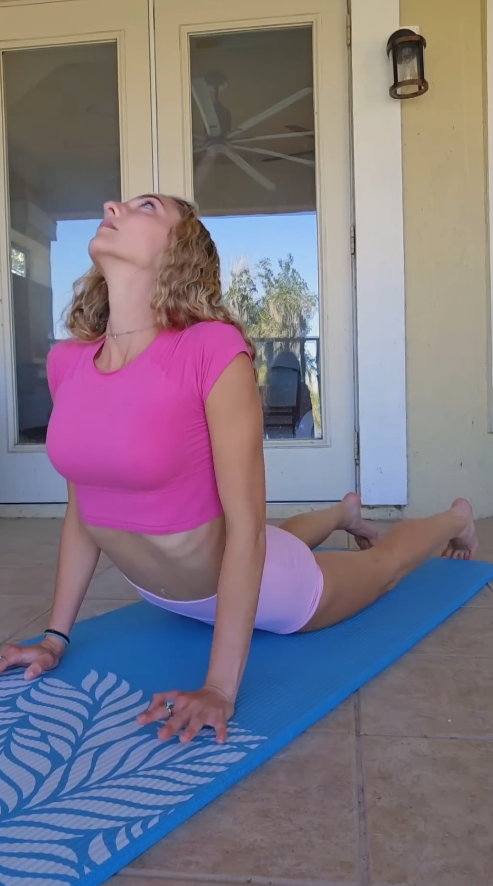
Stretching and Mental Well-being
Stretching doesn’t just benefit the body—it also calms the mind. When you stretch, you engage in mindful movement, bringing awareness to your breath and how your body feels. This can help reduce stress and anxiety. Many yoga practices incorporate stretching with meditation, offering a holistic approach to relaxation.
Stretching releases endorphins, the body’s natural feel-good chemicals, which can boost your mood. That’s why many people feel lighter and more refreshed after a good stretch session. Incorporating stretching into your daily routine can be a small yet powerful way to care for both your physical and mental well-being.

Tips for Safe and Effective Stretching
To get the most out of stretching, it’s important to do it correctly. Here are some key tips:
- Warm up first: Stretching cold muscles can lead to injury. Try light activity like walking or arm circles before stretching.
- Breathe deeply: Inhale as you prepare for a stretch, and exhale as you ease into it. This helps your muscles relax.
- Don’t force it: Stretch to the point of mild discomfort, not pain. Overstretching can cause injury.
- Be consistent: Stretching regularly yields the best results. Aim for at least 5–10 minutes a day.
- Balance both sides: Ensure you stretch both sides of your body equally to maintain balance and symmetry.
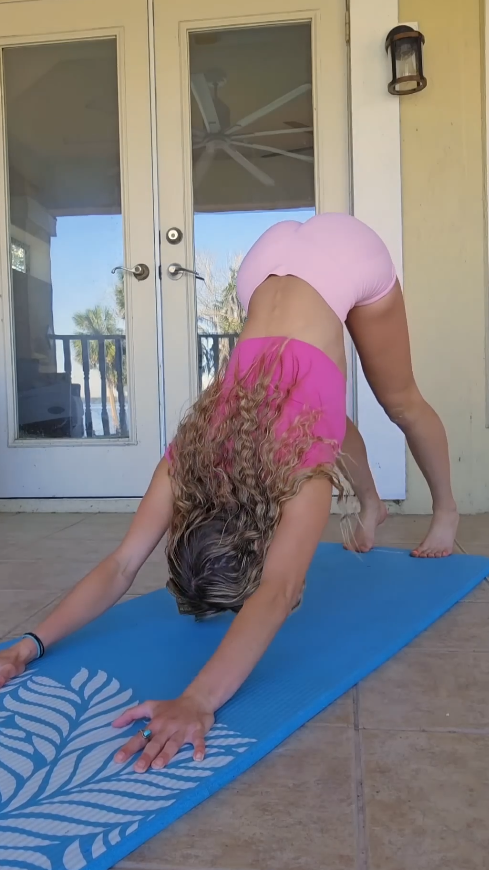
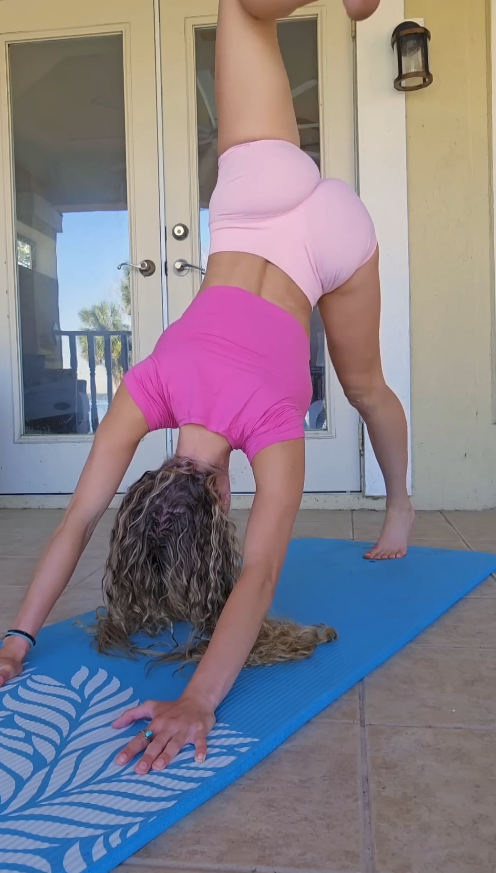
Moving and Grooving with Stretching
Stretching can be a fun and dynamic part of your routine. Whether you’re dancing, doing yoga, or simply reaching for something on a high shelf, your body is constantly moving and grooving. By making stretching a priority, you enhance your ability to move freely and with joy.
So, the next time you feel stiff or sluggish, take a few minutes to stretch. Whether it’s a deep backbend or a simple toe touch, your body will thank you for it. Keep moving, keep grooving, and enjoy the benefits of stretching every day!
